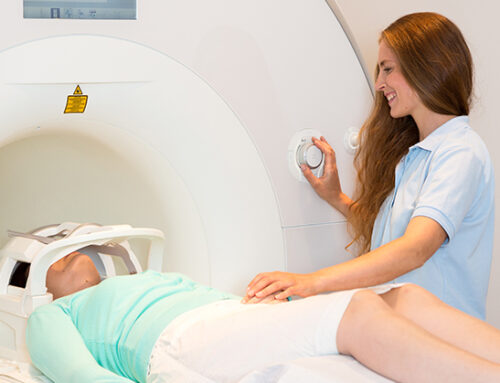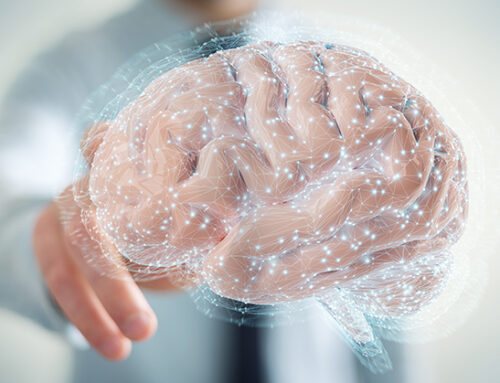“A healthy mind in a healthy body” is a proverb coined by the ancient Greeks sometime around 600 BC, although the Latin version — “mens sana in corpore sano” — is more familiar to moderns.
This old saying used to be a cornerstone of classical education, back when people had more respect for tradition as opposed to thinking you could learn everything you need to know from your Twitter feed.
Maybe we should resurrect the proverb and pay more attention, because it turns out strong muscles are essential to a strong brain.
Loss of muscle mass and strength start as early as age 40 and intensify beyond 75. It’s an aspect of aging most people accept as inevitable.
Trouble is, weak muscles can lead to mobility problems, falls and frailty. Even more alarming, they’re linked to Alzheimer’s.
One large study found those with the weakest muscle strength had more than double the risk of Alzheimer’s compared to the strongest.
So while aging can’t be prevented, to keep dementia and other health risks down, we need to take actions to help maintain muscle strength.
I’m going to suggest two. One of them is easy, the other takes some effort.
Stronger Muscles = Better Cognition
The method that requires work is exercise targeted at strengthening certain muscle groups.
Last year, Finnish researchers enrolled 338 men and women with an average age of 66. They measured the participants’ muscle strength and put them through a battery of cognitive tests.
The research team found greater upper and lower body strength was reflected in better cognition. They believe almost everyone can carry out simple techniques to increase muscle strength and muscle mass, and this is effective if done consistently.
In the study, the volunteers had their strength measured when carrying out leg extensions, leg flexions and leg presses. Upper body exercises were chest presses and seated rows.
If you are unfamiliar with these terms, put them into Google or Bing or another search engine and you will see videos demonstrating how to carry them out. A few require equipment, but there are usually substitutes that exercise the same muscle groups without the need for a special apparatus.
To get started on strengthening the legs and back, two good short videos have been put on youtube by Dartmouth-Hitchcock, a nonprofit academic health system. These are simple, low-risk seated and standing exercises for older adults. You can do them at home. Links to these videos can be found in the references below.
While experts strongly advise us to work the muscles, researchers at McGill University have come up with an easier alternative.
Upping Protein for Breakfast
The McGill researchers analyzed three years of food consumption and muscle strength data gathered from 1,741 healthy men and women, aged between 67 and 84.
In particular they were interested in protein intake, because we need this to build muscles.
Since most seniors get the majority of their protein intake at lunch and dinner, the research team wanted to know whether those who consume a good level of protein for breakfast, and who therefore spread their intake evenly throughout the day, would enjoy greater muscle strength.
They found this was indeed the case. Protein distribution across the three main daily meals was associated with greater muscle strength.
Lead study author Dr. Stéphanie Chevalier is a scientist at McGill’s Research Institute and assistant professor at the School of Human Nutrition. She said, “Our research is based on scientific evidence demonstrating that older people need to consume more protein per meal because they need a greater boost of amino acids for protein synthesis.”
For those who don’t usually eat much in the way of protein for breakfast, good sources include eggs, milk, yogurt (Greek yogurt is highest), nuts and seeds (almonds and pumpkin seeds top the list).
If you do choose to strengthen the muscles through exercise, it’s a good idea to follow Dr. Chevalier’s advice regarding breakfast protein, as more may be needed for muscle growth.
I’m also going to venture an opinion of my own: The first of these recommendations – simple at-home exercise – is probably more useful for building up muscles than tweaking your breakfast habits.







